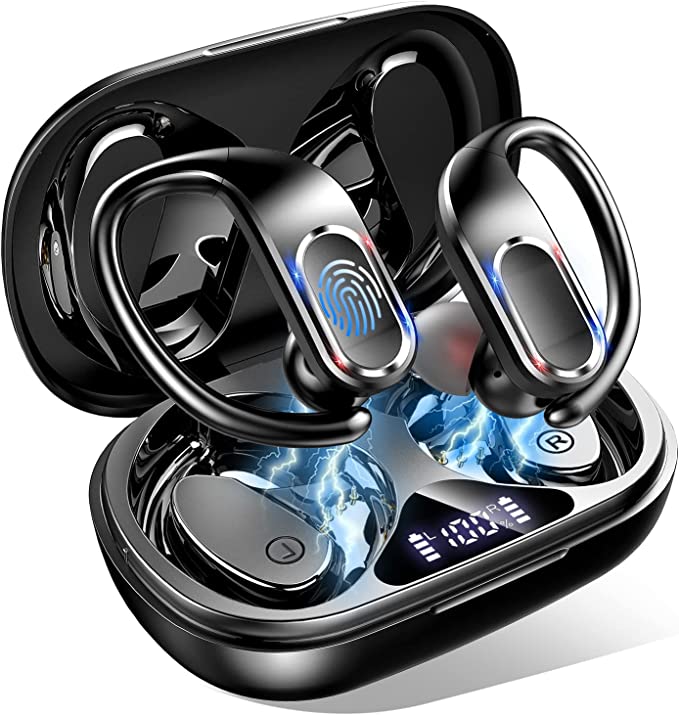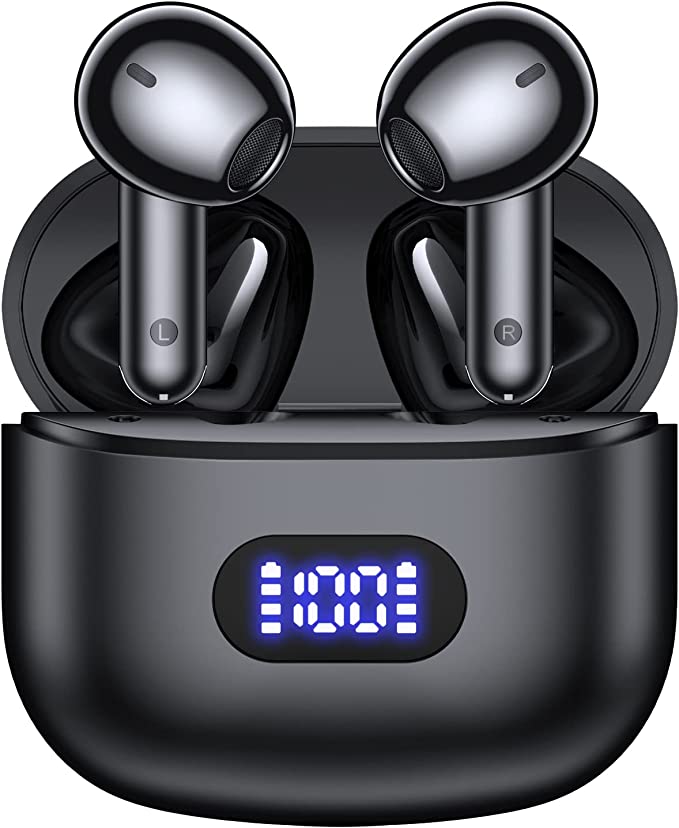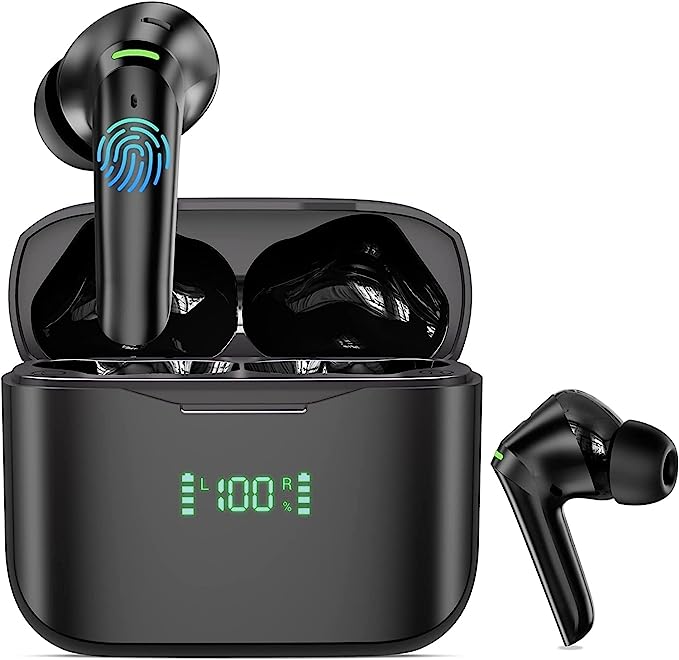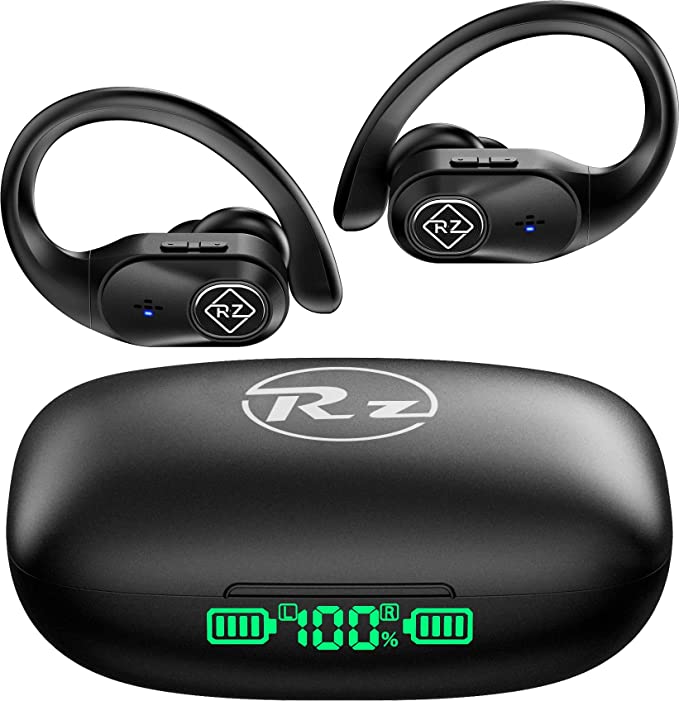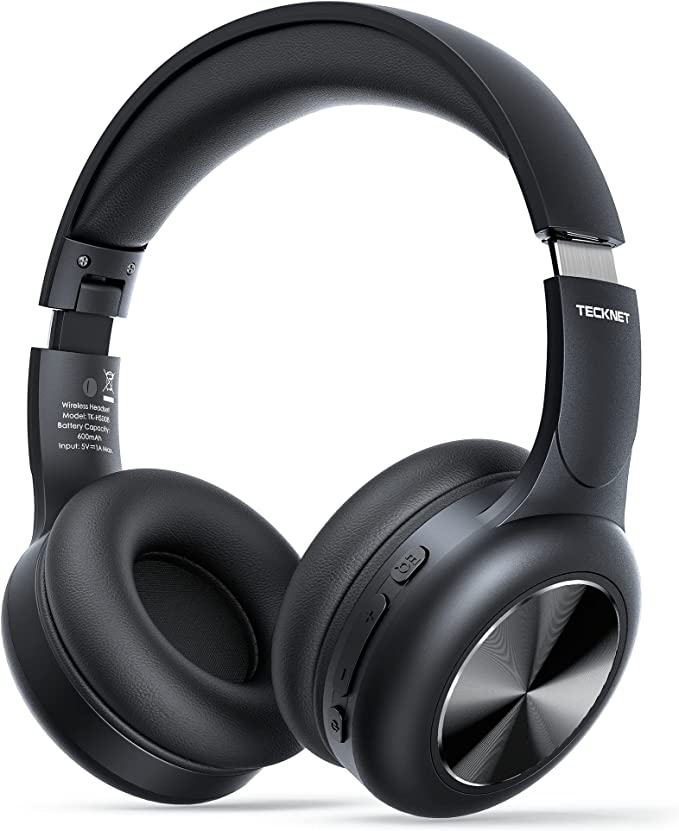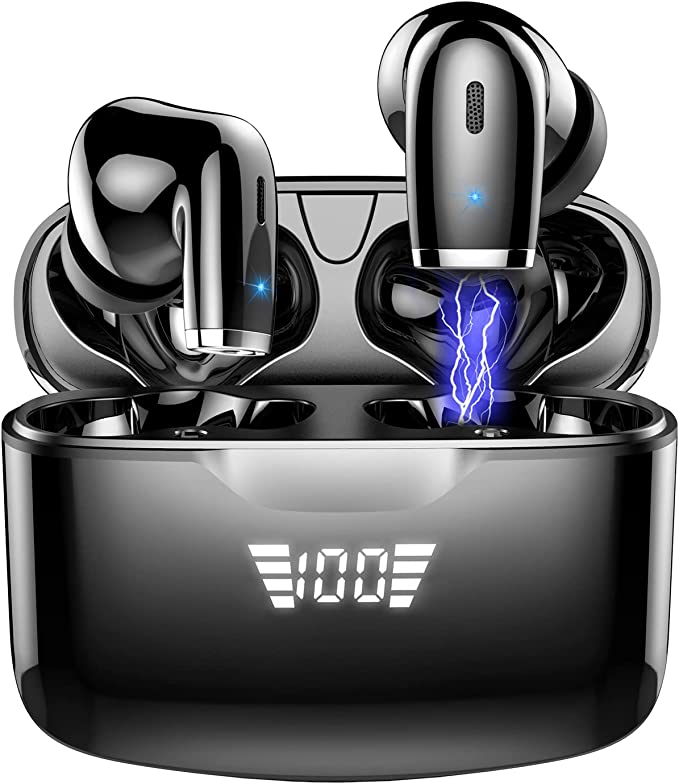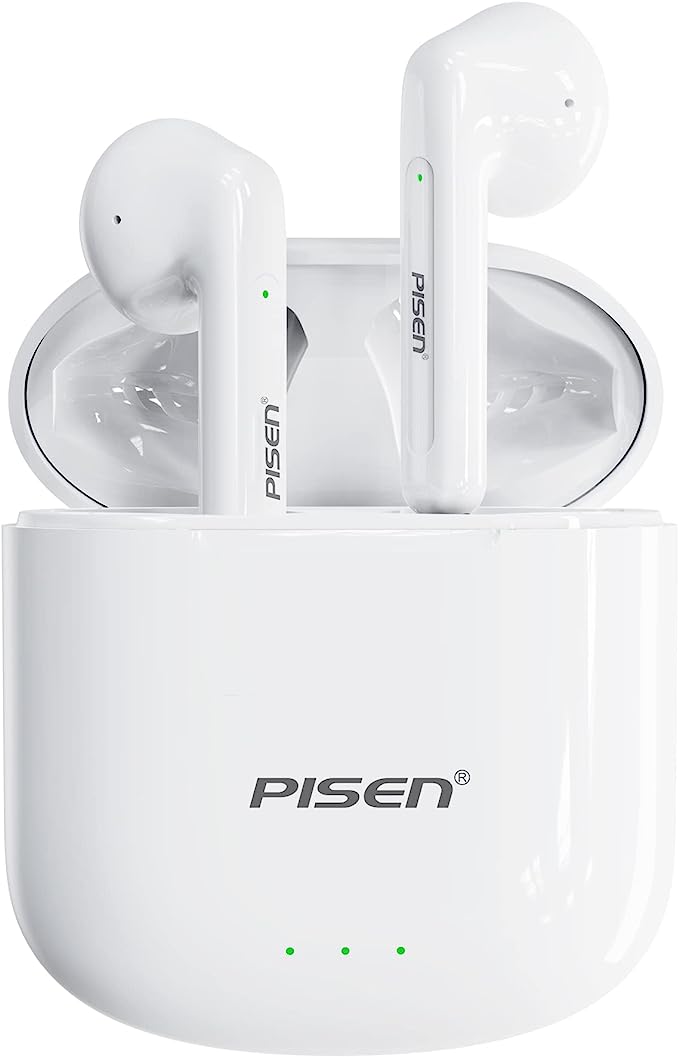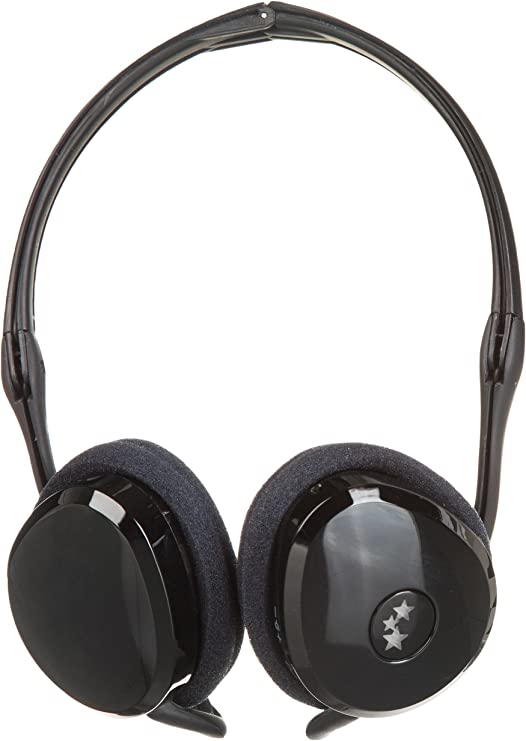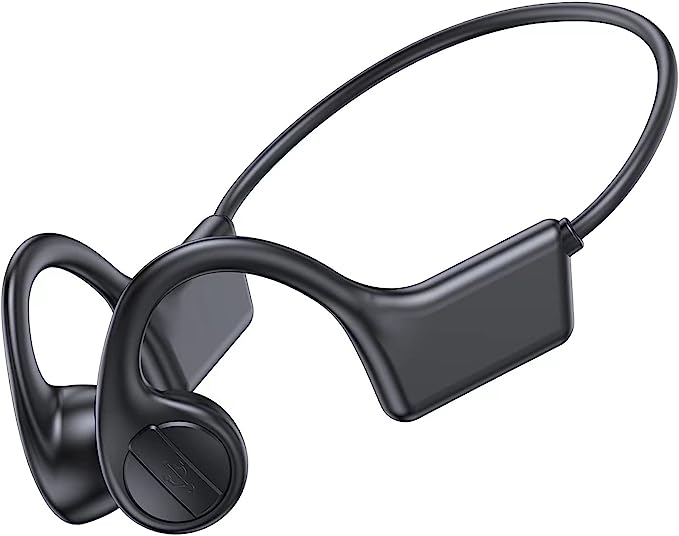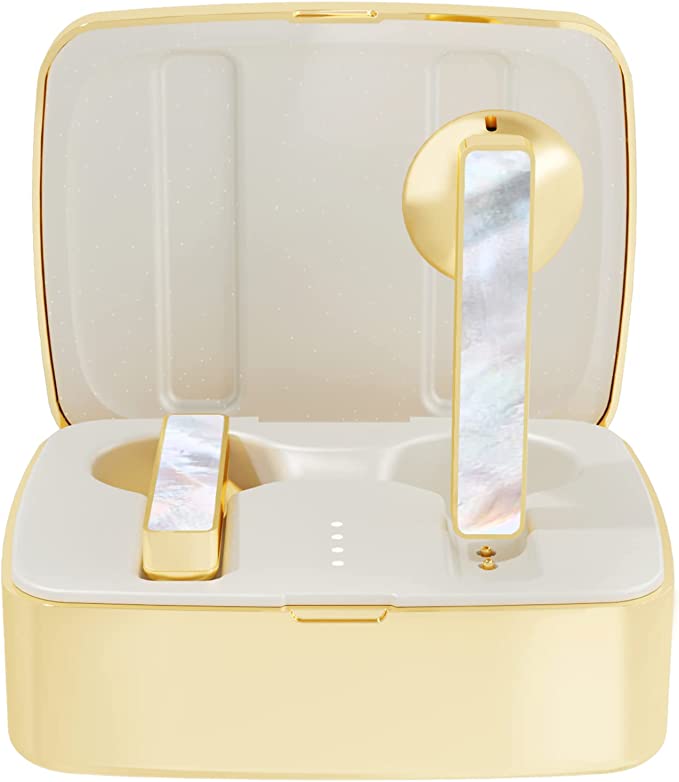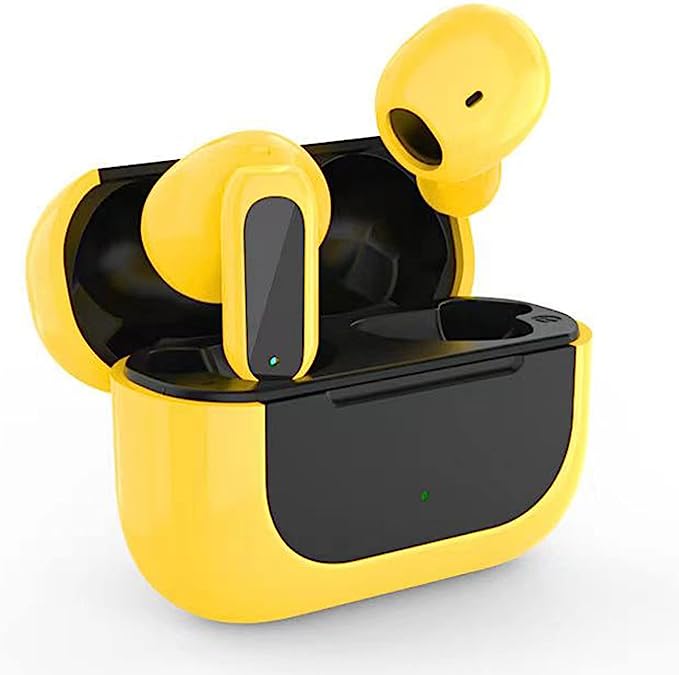Xmenha Smallest Invisible Sleep Earbuds: Tiny Comfort for Side Sleepers
Update on July 24, 2025, 9:25 a.m.
It’s a familiar pressure in the dead of night. Not a sound, but a feeling: the dull, insistent ache of a plastic shell being ground into the delicate cartilage of your ear. You shift, you adjust, but the alien object remains, a stubborn reminder that your quest for auditory peace is at war with your physical comfort. It is in these moments that a specific dream is born: the dream of an earbud that simply vanishes, a ghost that whispers in your ear without ever making its presence felt.
This dream is the silent promise of devices like the Xmenha Smallest Invisible Sleep Earbuds. But to look at such a product merely as a gadget is to miss the epic drama unfolding within its minuscule frame. This tiny object is a battleground, a microcosm of the entire wearable technology industry, where the noble ambition of human-centered design collides with the unyielding laws of physics. Its story is not one of simple success or failure, but of the breathtakingly complex art of compromise.
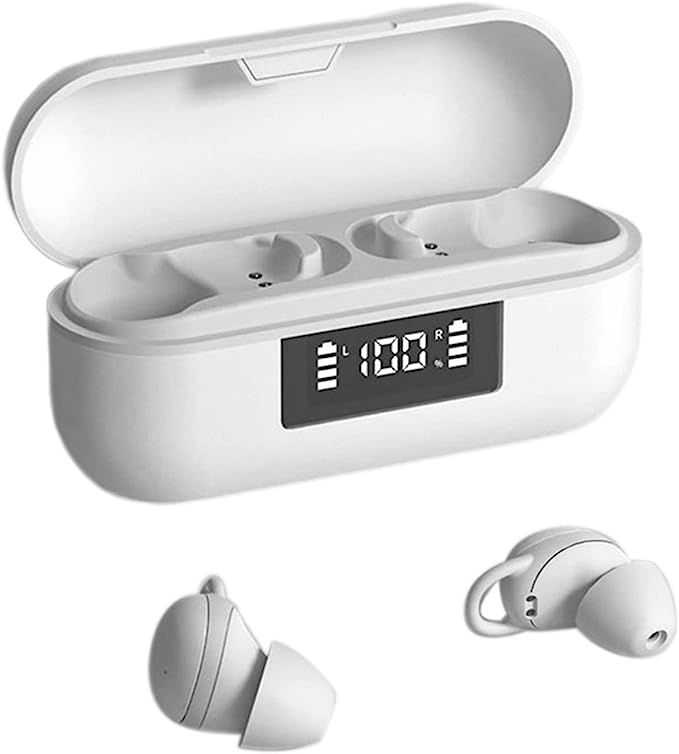
The Anatomical Frontier
Before an engineer can conquer sound, they must first understand the landscape of the ear. It is not a simple funnel, but a complex, sensitive terrain of hills and valleys sculpted from cartilage—the prominent helix, the protective tragus, the deep bowl of the concha. A traditional earbud is a clumsy invader in this territory. Its bulk creates pressure points, turning the simple act of lying on your side into a low-grade torture session.
The engineering of a sleep earbud is therefore an exercise in anatomical stealth. With dimensions of a mere $0.4 \times 0.4 \times 1.1$ inches, the Xmenha earbud attempts to disappear. The design goal is for it to nestle entirely within the concha, avoiding the pillow-to-ear compression that causes pain. This is a direct, intelligent response to a clear ergonomic problem. Yet, it immediately runs into its first fundamental hurdle: human variation. Ear canals are as unique as fingerprints. A design that is a perfect, flush fit for one person may be loose or painful for another. Furthermore, the material, described only as “plastic,” raises questions. Is it a hard, unforgiving polymer, or a soft, biocompatible medical-grade silicone designed for prolonged skin contact, as specified by standards like ISO 10993? The silence on this detail is telling; in the world of wearables, material is a language of comfort, and ambiguity often speaks volumes.
Building the Fortress of Quiet
Assuming a comfortable fit, the earbud’s next task is to deliver silence. The term “Noise Cancelling” on the product’s description is a modern marketing staple, but it hides a crucial scientific distinction. True Active Noise Cancellation (ANC) is a form of counter-espionage; it uses microphones to listen to incoming sound waves and then generates an opposing “anti-noise” wave to eradicate them through destructive interference.
These tiny sleep buds, however, rely on a much older, more brutalist principle: Passive Noise Isolation. Think of it not as espionage, but as a fortress wall. Its effectiveness is dictated by two simple factors: mass and integrity. A thick, dense wall blocks more sound, and any gap or crack renders it vulnerable. For an earbud, the “wall” is its physical body and the soft tip, and the “seal” it creates within your ear canal is everything. This is highly effective at blocking higher-frequency sounds, like chatter or the hiss of an air conditioner, whose short wavelengths struggle to penetrate the barrier.
But the fortress has a weakness. Low-frequency sounds—the rumble of traffic, the thrum of a neighbor’s bass—are like seismic vibrations. Their long, powerful waves can pass through the physical barrier more easily. This is why, even with the best earplugs, you might still feel a deep rumble. The quiet offered by passive isolation is real, but it is a filtered, incomplete silence.
The Tyranny of the Milliamphere
Here, we arrive at the heart of the paradox. The very feature that makes the earbud desirable for a side sleeper—its minuscule size—is the one that cripples its ability to function through the night. Inside every wireless device lies its tragic hero: the Lithium-Ion battery. It’s a marvel of modern electrochemistry, but it is an absolute slave to physical volume. There is a direct, almost linear relationship between a Li-Ion cell’s physical size and its capacity, measured in milliampere-hours ($mAh$). You cannot cheat this. Making an earbud smaller is a direct, non-negotiable declaration of war on its own stamina.
This is not a simple trade-off; it is the central, defining dilemma of modern wearables. And the evidence of this conflict is laid bare in one crucial piece of user-reported data. A verified customer, after praising the device’s size, delivers the fatal blow: “Low battery sound woke me up after only four hours.”
This single sentence captures the essence of the engineering gambit. The designers made a bet. They wagered that four hours of runtime was an acceptable compromise for achieving a “disappearing” form factor. But they failed to account for the nature of the experience they were creating.
The Betrayal at Hour Four
The loud, piercing beep of a low-battery warning in a device designed for sleep is more than a design flaw; it is a philosophical betrayal. The product’s entire reason for being is to facilitate and protect a state of unconsciousness. Yet, its own internal logic is programmed to violently shatter that state. The Battery Management System (BMS), a tiny chip tasked with protecting the battery from damage, performs its electronic duty perfectly. But in doing so, it demonstrates a complete failure of Human-Centered Design. The machine protects itself, but it sacrifices the human.
The guardian of sleep becomes its saboteur. This is a classic case of a feature, designed in an engineering vacuum, completely undermining the product’s core value proposition. It highlights the immense challenge of not just creating technology that works, but technology that understands the context and fragility of the human experience it is meant to enhance.
The quest for the perfect sleep earbud, therefore, remains unfinished. It is a holy grail of personal technology, a device that must win a war on multiple fronts simultaneously. It must be anatomically invisible, acoustically powerful, and chemically resilient. The Xmenha earbud is not a failure in this quest, but a valuable, if cautionary, dispatch from the front lines. It teaches us that the ultimate challenge for wearable technology is not simply to be smaller, smarter, or more efficient, but to be profoundly, respectfully, and silently human.




